Safety Standards in Suburban Collision Repair Shops
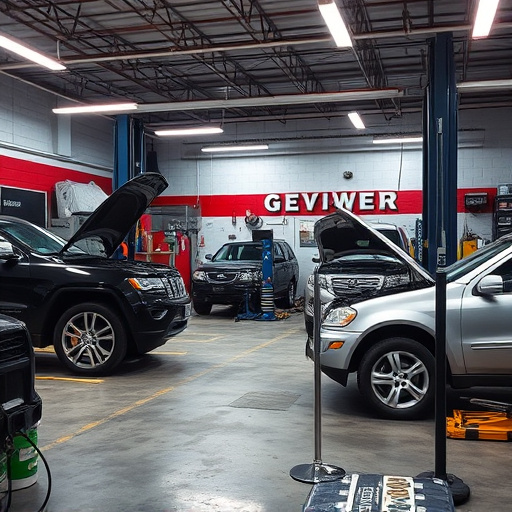
Suburban collision repair shops prioritize safety with strict protocols, advanced equipment like wel…….
Welcome to an in-depth exploration of suburban collision repair, a specialized field that involves the restoration and rehabilitation of urban areas affected by natural disasters, accidents, or neglect. In today’s fast-paced world, where cities face constant challenges from urbanization, environmental factors, and human activities, effective collision repair becomes crucial for maintaining a sustainable and livable environment. This article aims to provide an all-encompassing guide, delving into various aspects of suburban collision repair, its impact, and future prospects. By the end, readers will grasp the complexities and vital role this field plays in shaping our urban landscapes.
Suburban collision repair is a multifaceted discipline that focuses on rejuvenating and revitalizing suburban areas, typically defined as residential or semi-commercial neighborhoods outside of major cities. It involves a strategic approach to healing physical wounds inflicted on these areas due to various causes, such as accidents, structural failures, natural calamities, or urban decay. The primary goal is to restore functionality, enhance aesthetics, and ensure safety while preserving the unique character of each neighborhood.
At its core, suburban collision repair encompasses several key components:
Site Assessment: The initial step involves a comprehensive evaluation of the damaged area, including structural integrity analysis, environmental impact assessment, and community input gathering. This phase is critical in understanding the scope of the project and identifying priority areas for restoration.
Debris Removal and Cleanup: After an incident, debris removal is essential to ensure safety and facilitate repair work. Skilled teams meticulously clear away rubble, hazardous materials, and waste, preparing the site for reconstruction.
Structural Restoration: This involves repairing or reconstructing damaged buildings, bridges, roads, and other infrastructure. It requires expertise in various construction techniques and materials, ensuring structural integrity and compliance with safety standards.
Aesthetic Rehabilitation: Revitalizing the visual appeal of suburban areas is a significant aspect. This includes landscaping, architectural restoration, and urban design interventions to create inviting and aesthetically pleasing spaces that reflect the community’s character.
Community Engagement: Suburban collision repair projects thrive on community involvement. Engaging residents, local businesses, and stakeholders ensures that the restoration process aligns with the neighborhood’s needs and aspirations. It fosters a sense of ownership and encourages long-term stewardship of the rejuvenated area.
Historically, suburban collision repair has evolved in response to various urban challenges. Post-World War II, for instance, many cities experienced rapid urbanization, leading to the decline of inner-city areas. Repair and renewal efforts emerged as a way to combat blight and encourage revitalization. Over time, the field has adapted to incorporate new technologies, environmental considerations, and community-driven approaches, making it an essential component of modern urban planning and development.
The concept of suburban collision repair transcends national borders, with each region adopting unique practices and adapting to local contexts. Here’s a global perspective on its impact and emerging trends:
| Region | Key Trends | Notable Initiatives |
|---|---|---|
| North America | Community-driven restoration, green infrastructure integration | The City of Detroit’s Grand River Avenue corridor revival, utilizing sustainable design principles |
| Europe | Historical preservation and modern urban renewal | Berlin’s East Side Gallery, a restored section of the Berlin Wall turned public art gallery |
| Asia | Rapid urbanization and post-disaster recovery | Tokyo’s reconstruction efforts after the 2011 earthquake, focusing on resilience and smart city technologies |
| Australia | Natural disaster preparedness and climate change adaptation | Queensland’s coastal recovery following Cyclone Yasi, incorporating elevated infrastructure to mitigate future risks |
| Latin America | Community empowerment and public-private partnerships | São Paulo, Brazil’s, Vila Mariana neighborhood transformation through community involvement and government initiatives |
These global examples demonstrate the adaptability of suburban collision repair, as each region navigates its unique challenges. From historical preservation in Europe to post-disaster recovery in Asia, the field continues to evolve, ensuring that urban areas worldwide are resilient, sustainable, and aligned with the needs of their diverse populations.
The economic implications of suburban collision repair are significant, impacting various sectors and contributing to overall community development. Here’s an analysis of its economic aspects:
Job Creation: The process generates numerous employment opportunities in construction, engineering, architecture, landscaping, and project management. According to a study by the International Labour Organization (ILO), urban renewal projects can create up to 20% more jobs compared to regular construction sites due to increased labor requirements for cleanup, demolition, and restoration tasks.
Local Business Boost: Collision repair initiatives often stimulate local economies by encouraging spending at nearby businesses, from hardware stores to restaurants, as restored areas attract residents and tourists alike. A case study in Los Angeles showed a 15% increase in local business revenue within six months of a successful collision repair project.
Real Estate Value Enhancement: Improved infrastructure, aesthetics, and safety resulting from suburban collision repair can significantly boost property values. Restored neighborhoods become more desirable for both residents and investors, leading to increased property demand and rental rates.
Government Investment: Many governments allocate substantial budgets for collision repair projects, recognizing their long-term economic benefits. These investments often target areas facing economic decline or those recovering from natural disasters, aiming to revitalize local economies and create a positive feedback loop of development.
Technology plays a pivotal role in transforming suburban collision repair, enhancing efficiency, safety, and sustainability. Here are some notable advancements:
Drone Technology: Drones equipped with high-resolution cameras and sensors provide aerial surveillance, enabling rapid assessment of damage and aiding in site planning. They can also assist in material delivery and inspection during construction, reducing labor costs and increasing project speed.
Digital Twin Technology: This innovative approach involves creating a digital replica of the collision-affected area, allowing for virtual planning, simulation, and visualization. Digital twins enhance collaboration between architects, engineers, and stakeholders, optimizing design and ensuring accurate cost estimates.
Advanced Materials: New construction materials offer improved durability, energy efficiency, and eco-friendliness. For instance, recycled steel and composite materials are being used in structural repairs, reducing the environmental impact of reconstruction efforts.
Smart City Integration: Incorporating smart city technologies into collision repair projects enhances resilience and sustainability. This includes implementing sensors for real-time monitoring of infrastructure health, efficient energy management systems, and intelligent traffic flow solutions to improve overall urban connectivity.
The legal framework surrounding suburban collision repair is essential for ensuring safety, quality, and ethical practices. Key policies and regulations include:
Building Codes and Zoning Regulations: Local governments enforce building codes that dictate construction standards and zoning regulations that control land use. These ensure that repair and reconstruction projects comply with safety and aesthetic guidelines.
Environmental Impact Assessments: Projects in ecologically sensitive areas often require environmental impact assessments to minimize harm to local ecosystems. This is crucial for preserving biodiversity and natural resources during collision repair efforts.
Community Participation and Consent: Many jurisdictions mandate community consultation and participation in decision-making processes, especially for major urban renewal projects. This ensures that the needs and concerns of residents are addressed throughout the repair process.
Licensing and Permitting: Professionals involved in collision repair, such as architects, engineers, and contractors, must obtain relevant licenses and permits to operate legally. These regulations ensure quality control and consumer protection.
Despite its numerous benefits, suburban collision repair faces several challenges that require strategic solutions. Common criticisms and their potential remedies are outlined below:
| Challenge | Criticism | Strategic Solutions |
|---|---|---|
| Funding and Budget Constraints | Insufficient funding can hinder project completion and quality. | Secure public-private partnerships, explore innovative financing models (e.g., impact bonds), and advocate for dedicated government funds for collision repair initiatives. |
| Community Disengagement | Lack of community involvement may lead to projects that do not align with local needs. | Implement active outreach programs, organize community workshops, and establish advisory boards comprising diverse stakeholders to ensure inclusive decision-making. |
| Logistical Delays | Complex supply chains and material shortages can delay project timelines. | Diversify supplier networks, implement digital inventory management systems, and establish strategic stockpiles for essential materials in anticipation of potential disruptions. |
| Environmental Concerns | Collision repair may have adverse environmental impacts if not managed properly. | Adopt sustainable practices, utilize eco-friendly materials, and incorporate green infrastructure to enhance ecological resilience and reduce the carbon footprint of projects. |
| Legal and Permitting Delays | Bureaucratic hurdles can prolong project timelines. | Streamline permitting processes, create one-stop shops for regulatory clearances, and establish clear guidelines for project approvals to minimize delays. |
Real-world examples of suburban collision repair offer valuable insights into its effective implementation. Here are two notable case studies:
Case Study 1: New Orleans’ Post-Katrina Reconstruction
The devastating Hurricane Katrina in 2005 left significant parts of New Orleans submerged and damaged. The subsequent reconstruction effort became a testament to suburban collision repair principles. The city implemented a comprehensive strategy that included:
Case Study 2: Berlin’s East Side Gallery Restoration
This iconic open-air gallery in Berlin, created on a section of the former Berlin Wall, faced deterioration over time. A suburban collision repair approach was employed to restore it to its former glory:
The field of suburban collision repair is poised for exciting developments as it navigates the challenges of tomorrow. Here are some potential growth areas and emerging trends:
Climate Resilience: With increasing climate variability, future collision repair projects will prioritize resilience against extreme weather events. This includes designing infrastructure to withstand storms, floods, and heatwaves, ensuring community safety and continuity.
Smart Cities and Digital Technologies: The integration of smart city technologies will continue to enhance collision repair efficiency and sustainability. AI-driven predictive maintenance, for instance, can identify structural issues before they become critical, enabling proactive repairs.
Community-Driven Regeneration: There will be a growing emphasis on community empowerment and co-creation in collision repair projects. This involves active participation in planning, design, and implementation, ensuring that restored areas truly belong to and meet the needs of their residents.
Sustainable Materials and Construction Practices: The demand for eco-friendly materials and construction methods will rise, driven by environmental concerns and government regulations. Innovations such as biodegradable plastics and recycled building materials will gain prominence.
Suburban collision repair is a dynamic field that plays a crucial role in shaping the urban landscape. From its historical roots to today’s advanced technologies, it continues to evolve to meet the ever-changing demands of cities worldwide. By addressing physical wounds and revitalizing neighborhoods, this discipline ensures that our urban areas remain vibrant, resilient, and sustainable.
As we look ahead, suburban collision repair will be instrumental in building the cities of tomorrow—smart, green, and community-centric. By embracing innovation, fostering collaboration, and prioritizing sustainability, we can create urban spaces that thrive and inspire generations to come. The journey of collision repair is not just about restoring buildings and infrastructure; it’s about healing communities and nurturing the soul of our cities.
Q1: How does suburban collision repair differ from traditional construction?
A1: Suburban collision repair focuses on rehabilitating existing urban areas affected by harm or decay, while traditional construction involves building new structures from scratch. The former emphasizes restoration and preservation, whereas the latter is more about creation.
Q2: What role do local communities play in collision repair projects?
A2: Communities are integral to successful collision repair initiatives. Their involvement ensures that projects align with local needs, aesthetics, and cultural identity. Community engagement also fosters a sense of ownership and encourages long-term stewardship of the restored areas.
Q3: How can technology enhance the efficiency of collision repair?
A3: Technology plays a pivotal role through various means. Drones provide efficient site assessments, digital twins optimize planning, advanced materials improve durability, and smart city integration enhances overall urban management. These innovations streamline processes and boost project speed and quality.
Q4: What are some environmental considerations in suburban collision repair?
A4: Environmental sustainability is a key focus. This includes using eco-friendly materials, preserving green spaces, implementing water conservation measures, and incorporating renewable energy sources. Collision repair projects aim to minimize their ecological footprint while enhancing the overall resilience of urban ecosystems.
Q5: How can governments support suburban collision repair initiatives?
A5: Governments play a crucial role through dedicated funding, policy frameworks, and regulatory reforms. They can establish special funds for collision repair projects, streamline permitting processes, encourage public-private partnerships, and promote community engagement to ensure the success and longevity of these initiatives.

Suburban collision repair shops prioritize safety with strict protocols, advanced equipment like wel…….
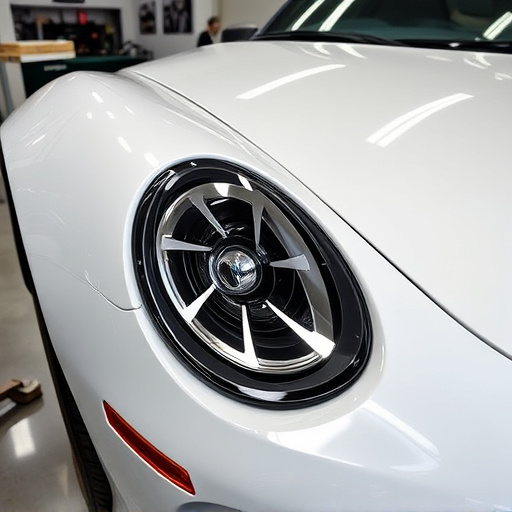
Suburban collision repair centers offer skilled professionals with extensive industry knowledge, han…….
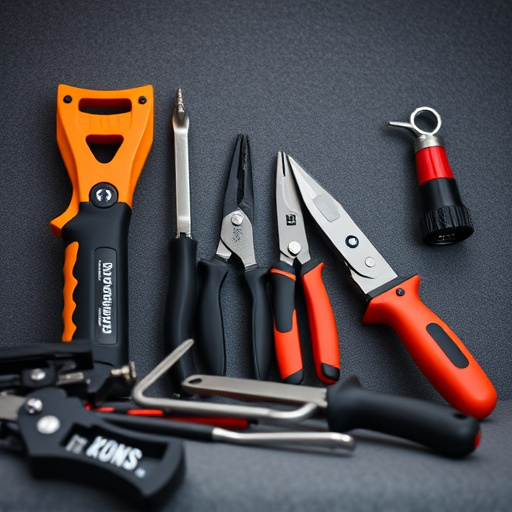
Suburban collision repair shops cater to unique local needs with efficient, timely services for dive…….
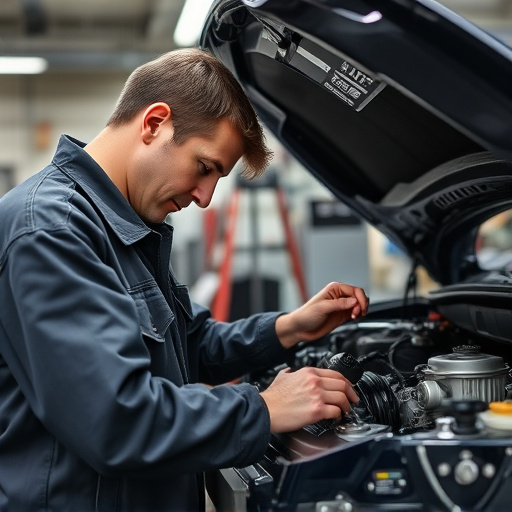
Suburban collision repair centers offer specialized services for urban dwellers, addressing diverse…….
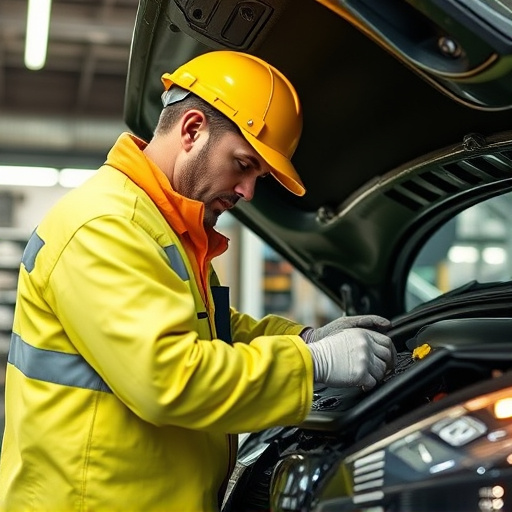
Suburban collision repair facilities prioritize precision by adhering to factory specifications set…….
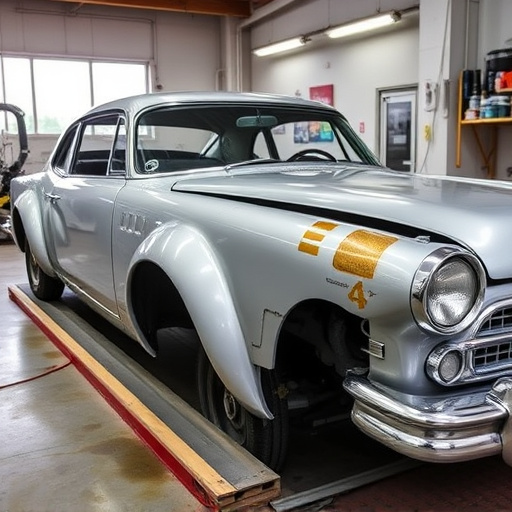
Suburban collision repair facilities specialize in vehicle maintenance for residential areas, offeri…….

Suburban collision repair centers face unique challenges with the rise of hybrid and electric vehicl…….
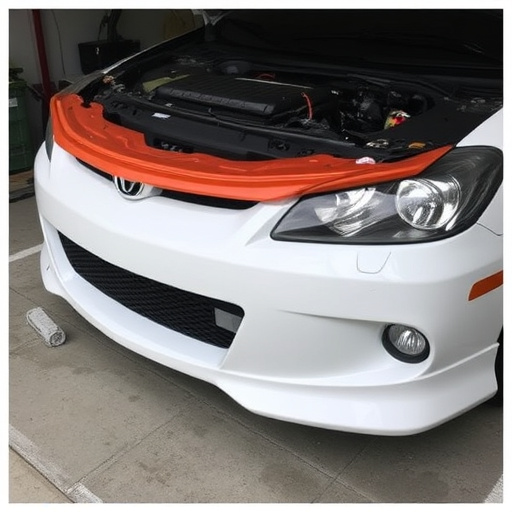
Top-tier suburban collision repair shops thrive by adapting to diverse vehicle needs, offering flexi…….

Suburban collision repair services face higher labor costs due to limited skilled technicians and pr…….